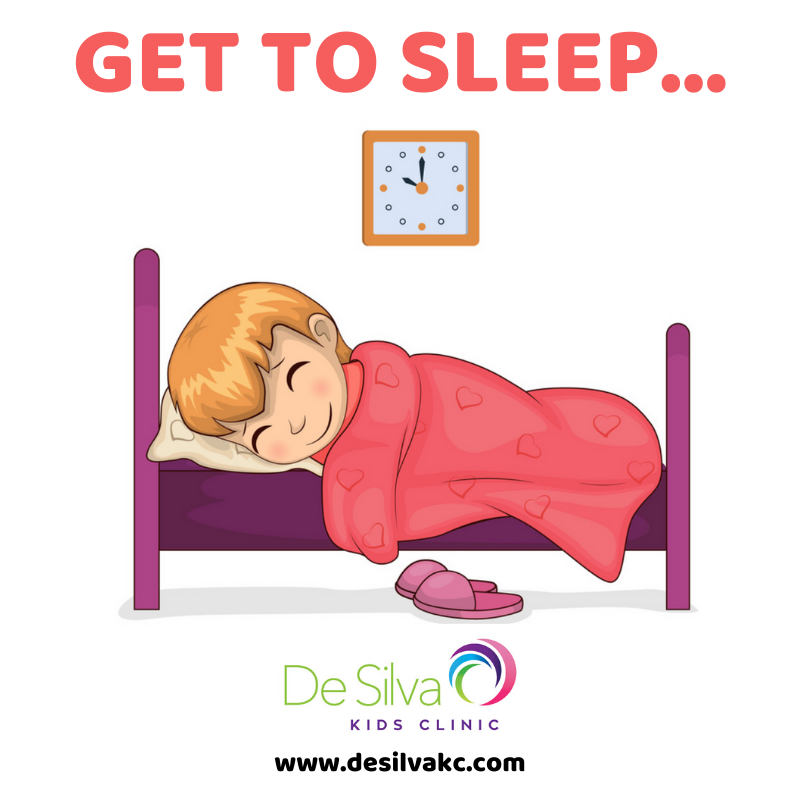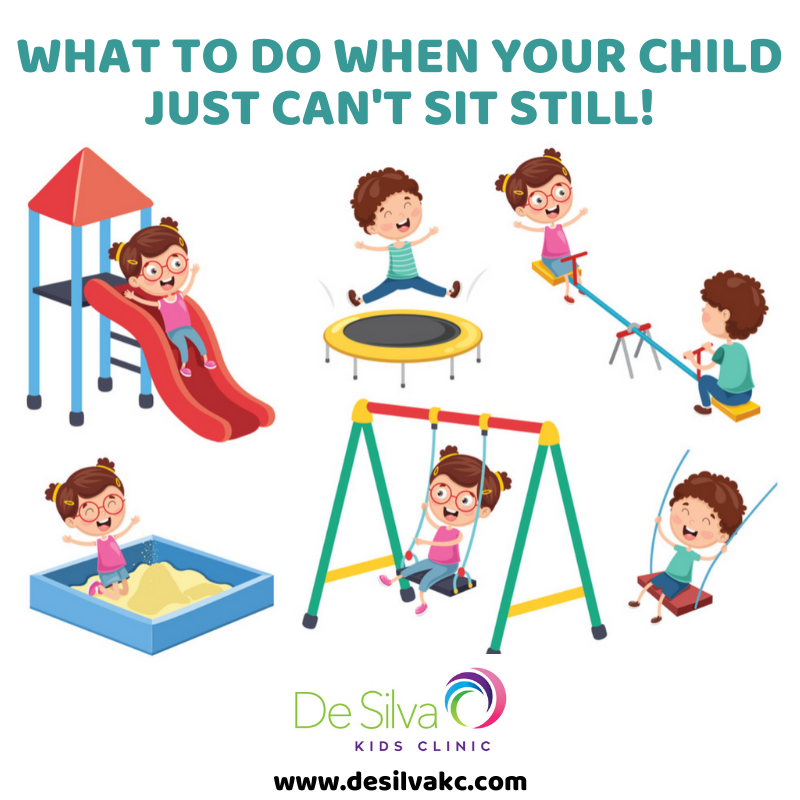The concept of the Zone of Regulation is to support individuals who have difficulty self-regulating and manage their feelings.
The Zones are a categorical and cognitive behavioural approach that therapists use in order to support and teach self-regulation. This approach is aimed to categorise 4 coloured zones which provide strategies to support individuals identify, acknowledge and explore their emotions, feelings, behaviours and manage their sensory needs. The Zone of Regulation is a concept that uses visuals to help individuals understand and express their feelings and level of alertness and explore how it may influence their behaviours.
The four zones that are:
The Red Zone: This is used to identify when an individual is in their heightened state of alertness and feeling intense emotions. These emotions may include anger, physical behaviour, terror or rage.
The Yellow Zone: This is used to identify when an individual is in a state of emotion that is elevated and nearing the Red Zone. An individual may experience sense of worry, excitement, silliness or nervousness.
The Green Zone: This is used to identify when an individual is in a state of calmness. Individuals identified in this zone may display feelings and behaviours of happiness, content or focused. The Green Zone is the zone where optimal learning will occur.
The Blue Zone: This is used to identify when an individual is in a low state of alertness. The emotions or behaviours shown may be the individual feeling sad, tired sick or bored.
Written by Amie Li, Occupational Therapist for De Silva Kids Clinic.





